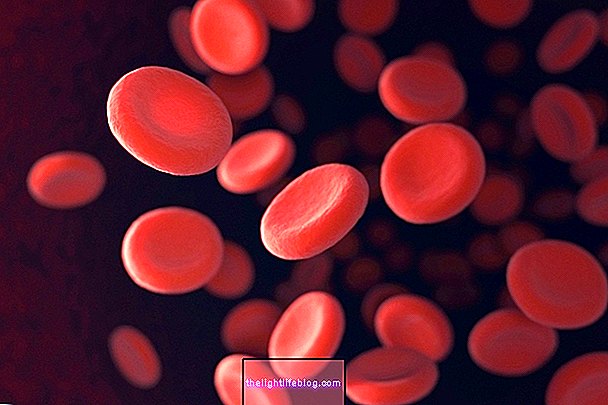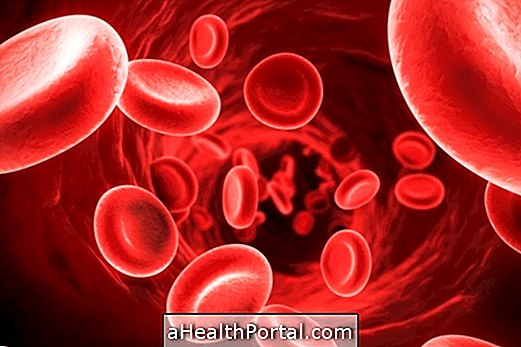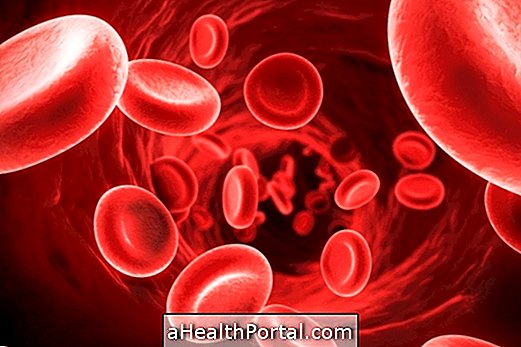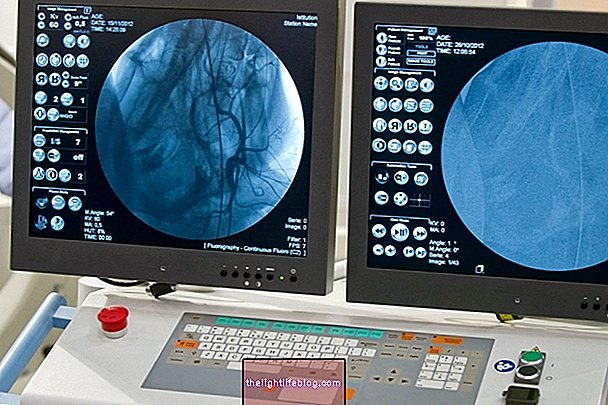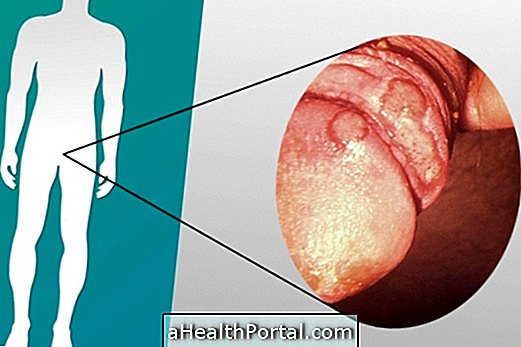Pancytopenia is the reduction of the cells that make up the blood, both red blood cells, leukocytes, which are white blood cells and platelets, which causes signs and symptoms such as pallor, fatigue, bruising, bleeding, fever and a tendency to infections .
It can arise either by a decrease in the production of cells by the bone marrow, due to situations such as vitamin deficiency, genetic diseases, leukemia or leishmaniasis, as well as a destruction of the blood cells in the bloodstream, due to immunological diseases or that stimulate the action of the spleen, for example.
The treatment is guided by the hematologist according to the cause of pancytopenia, which may include options such as use of corticosteroids, immunosuppressants, antibiotics, blood transfusions, or withdrawal of the spleen, for example, which are indicated only according to the need of each patient.
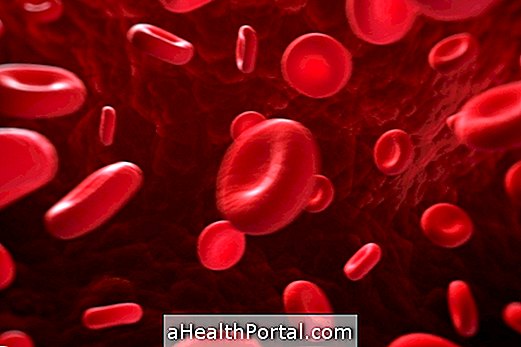
What are the causes
There are 2 main groups of diseases that cause pancytopenia: the bone marrow does not properly produce blood cells, and the one in which the bone marrow produces correctly, but the cells are destroyed in the bloodstream. Among the main causes are:
- Use of toxic drugs, such as some antibiotics, chemotherapeutics, antidepressants, anticonvulsants and sedatives;
- Radiation effects or chemical agents, such as benzene or DDT, for example;
- Deficiency of vitamin B12 or folic acid in food. Learn what the deficiency of these vitamins causes in the body in megaloblastic anemia;
- Genetic diseases, such as Fanconi's anemia, congenital dyskeratosis or Gaucher's disease;
- Bone marrow disorders, such as myelodysplastic syndrome, myelofibrosis, or nocturnal paroxysmal hemoglobinuria;
- Autoimmune diseases such as lupus, Sjogren's syndrome or autoimmune lymphoproliferative syndrome. Check out the effects of leishmaniasis on the body;
- Infectious diseases, such as leishmaniasis, brucellosis, tuberculosis or HIV;
- Cancer, such as leukemias, multiple myeloma, myelofibrosis or metastases of other cancers to the bone marrow. Learn to identify the symptoms of acute leukemia;
- Diseases that stimulate the action of the spleen and the body's defense cells to destroy blood cells, such as cirrhosis, myeloproliferative diseases and hemophagocytic syndromes.
In addition, acute infectious diseases caused by bacteria or viruses, such as CMV, can provoke a strong immune reaction in the body, capable of destroying blood cells acutely during the course of infection.
Main symptoms
The signs and symptoms of pancytopenia are related to the reduction of red blood cells, leucocytes and platelets:
| Reduction of red blood cells | Leukocyte Reduction | Reduction of platelets |
| It results in anemia, causing pallor, weakness, tiredness, dizziness, palpitations. | It impairs the action of the immune system, causing a tendency to infections, fever. | It hinders the coagulation of the sanue, with tendency to bleeding, provoking bruises, hematomas, petechiae, hemorrhages. |
Depending on the case, there may also be signs and symptoms resulting from the disease that causes pancytopenia, such as enlarged abdomen due to enlarged spleen, enlarged lymph nodes, bone malformations or changes in the skin, for example.
How to confirm the cause of pancytopenia
After pancytopenia is detected on the blood count test, the diagnosis of the cause depends on the evaluation of the hematologist, who will observe the patient's clinical history and physical examination, and request tests such as:
- Research of serum iron, ferritin, transferrin saturation and reticulocyte count;
- Dosage of vitamin B12 and folic acid;
- Infection research;
- Blood clotting profile;
- Immunological tests, such as direct Coombs;
- Myelogram, in which the bone marrow is aspirated to obtain more information about the characteristics of the cells of this place. Check how the myelogram is done and when it is indicated;
- Bone marrow biopsy, which evaluates the characteristics of cells, presence of infiltrations by cancer or other diseases and fibrosis. Learn how bone marrow biopsy is done and what it is for.
Specific tests for the disease that the doctor suspects may also be required, such as multiple myeloma immunoelectrophoresis, diepoxybutane test for Fanconi anemia, or bone marrow culture to identify infections such as leishmaniasis.
How is the treatment done?
Treatment of pancytopenia is guided by the hematologist according to its cause, and may include the use of immunosuppressive drugs, such as Methylprednisolone or Prednisone, or immunosuppressants, such as Ciclosporin, in the case of autoimmune or inflammatory diseases. In addition, cancer treatment may involve bone marrow transplantation.
In the case of infections, specific treatments are indicated for each microorganism, such as antibiotics, antivirals or pentavalent antimonials in the case of leishmaniasis, for example. Blood transfusion is not always indicated, but it may be necessary in severe cases that require rapid recovery, depending on the cause.
It may also be necessary to remove medications or substances to which the person is exposed. Surgery to remove the spleen may be indicated in some specific situations, recommended by the hematologist, in which the spleen has grown excessively and is responsible for the destruction of blood cells. Learn more about treating the problem in: Treatment for pancytopenia.

